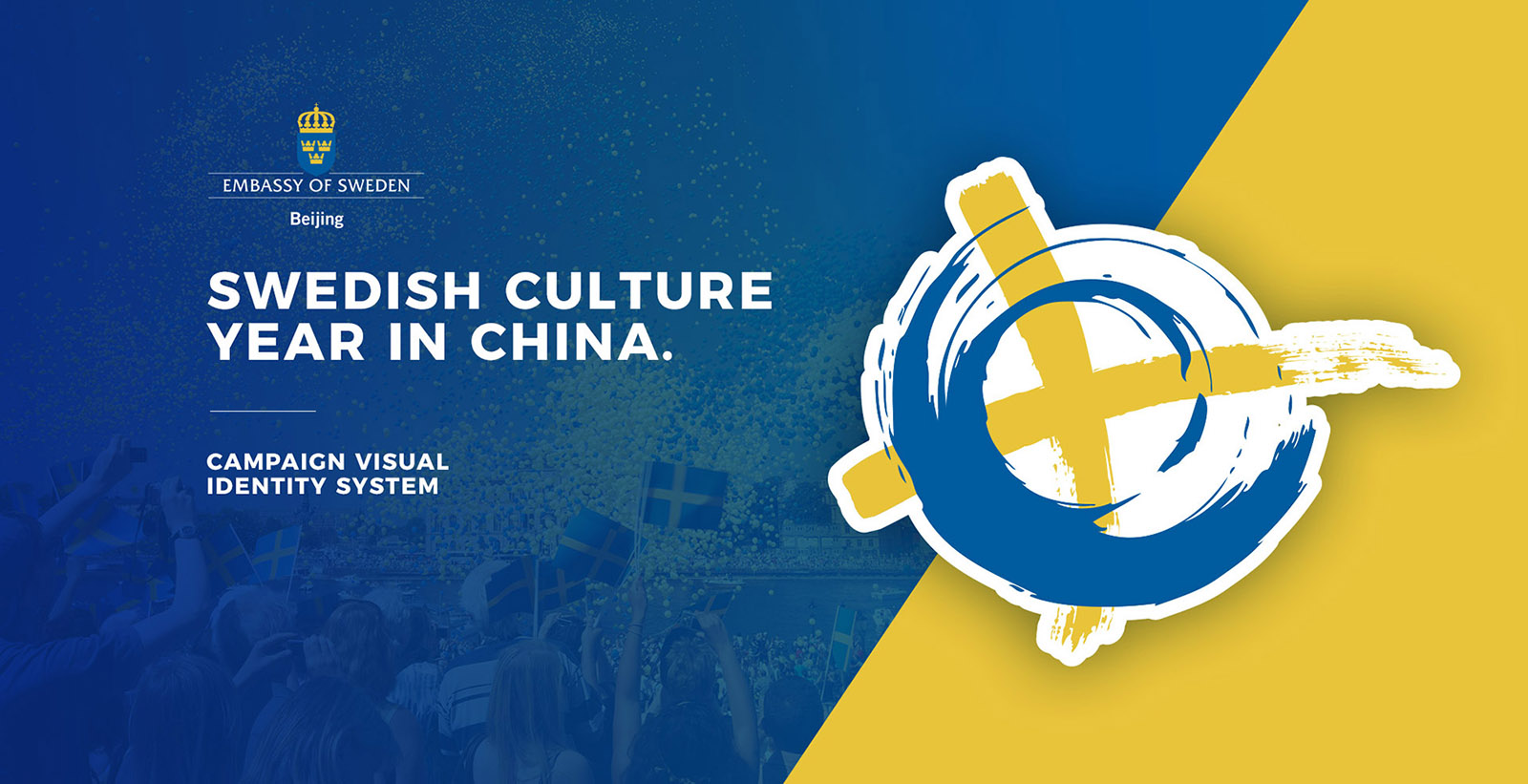There is an old joke about a definition of Heaven and hell that explains the concept of a country’s brand.
Heaven Is Where: The French are the chefs, The Italians are the lovers, The British are the police, The Germans are the mechanics And the Swiss make everything run on time
Hell is Where: The British are the chefs, The Swiss are the lovers, The French are the mechanics, The Italians make everything run on time And the Germans are the police
Whether these stereotypes are valid or otherwise, the joke plays on the insights we all have about what a particular country is good at and what they are not, and that’s exactly what brands are – perceptions.
The advertising tycoon David Ogilvy describes a brand as “the intangible sum of a product’s attributes”, and that intangibility from a country’s perspective, refers to the perception people have in their thoughts about the certain goods the country produces, the lifestyle enjoyed tied with the character, beliefs and values of its inhabitants.
Brands appeal to the emotions, the ‘how it makes you feel’ if you like, and it is well established in marketing that feelings and emotions play a significant role in influencing decision making on a global scale.
One thing is sure in 2017, countries need to do all they can to ensure that the perception that decision-makers have about their country leads to beneficial rather than disadvantageous outcomes. Typical beneficial for a healthy branded nation should include:
- Increased tourism which attracts foreign spending in the country and so improving business sales, profits, worker’s wages and taxes for the government to then spend on services for the inhabitants.
- Increased foreign investment which helps build the country’s infrastructure, talent pool and product assortment is made by individual decision-makers based on their factual analysis and perceptions of a certain country’s strengths.
- Increased demand for immigration of talented people seeking a better lifestyle in a new country and so allowing for the development of industries that may not be possible if the country was relying only on its inhabitants.
- Increased export sales as buyers and customers in foreign countries seek out benefits (perceived or real) in imported products that may not be available in their local country where raw materials, climate or expertise is limited or inappropriate.
At a micro-level, countries brand themselves in the attitudes and behaviors of their most common export – their people who travel abroad. Many of us shape our perception about a country based on the people from that country that we meet. This is the most organic way that countries brand themselves and if the sample is large enough, it is probably the most accurate.
Look What’s Happening In Sweden
We’re not going to talk about Donald Trump. Instead, we are going to talk about Sweden, the country that might be viewed as one of the best nations in terms of Quality of Life, yet not necessarily be dominant in its perception of power and influence. One thing we know though is that Sweden is in the front of countries that actively branding itself.
The website sharingsweden.se is a one-stop source for material about Sweden. The website provides a comprehensive collection of material about Sweden with materials intended for an international audience with an interest in Sweden and the Swedes. The material is sorted by topic to help one find content for presentations, discussions or events. They have also put together toolkits, which are ready-made sets of tools and instructions on a topic that will provide both ideas and materials for the themed event.
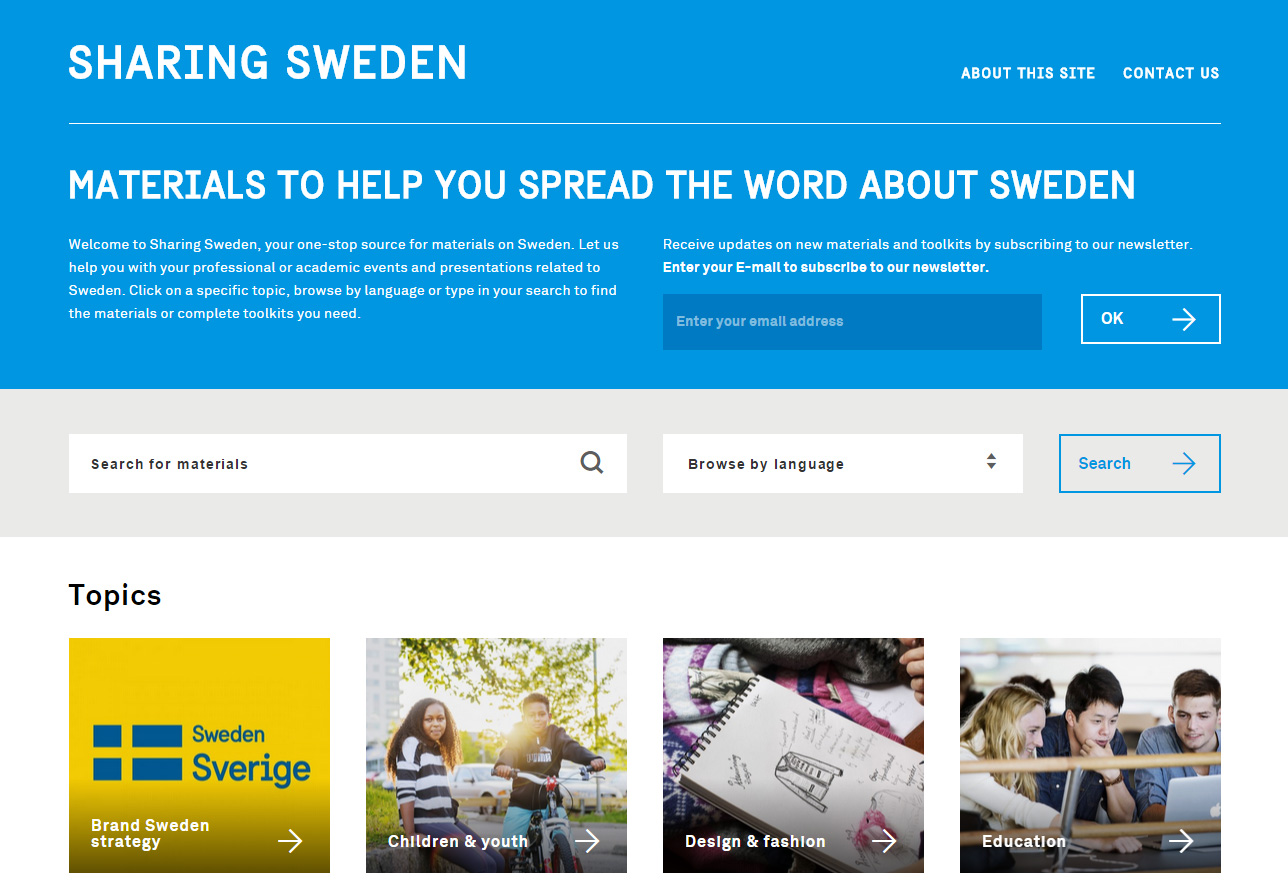
Sharingsweden.se is produced mostly with open-source components such as WordPress. The website is administered by the Swedish Institute, a public agency that promotes interest and confidence in Sweden around the world.
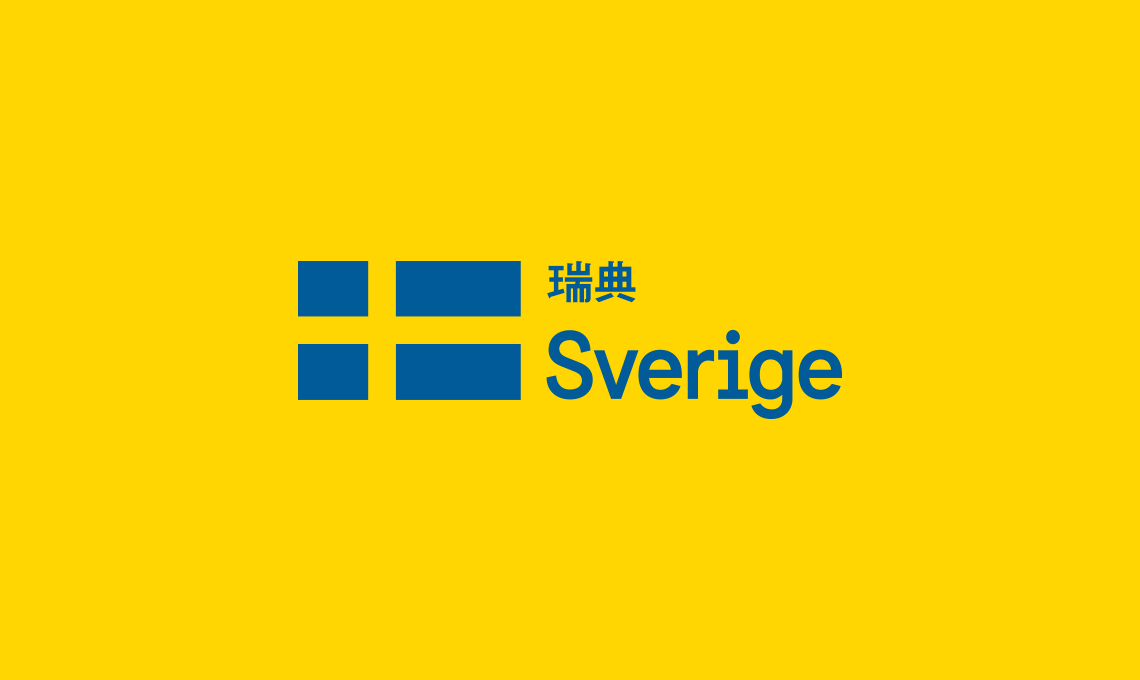
This animated overlay display the different versions of the Swedish flag in different languages. Further clear is that Sweden put in the right efforts while making sure to keep “brand Sweden” up to date with current trends.
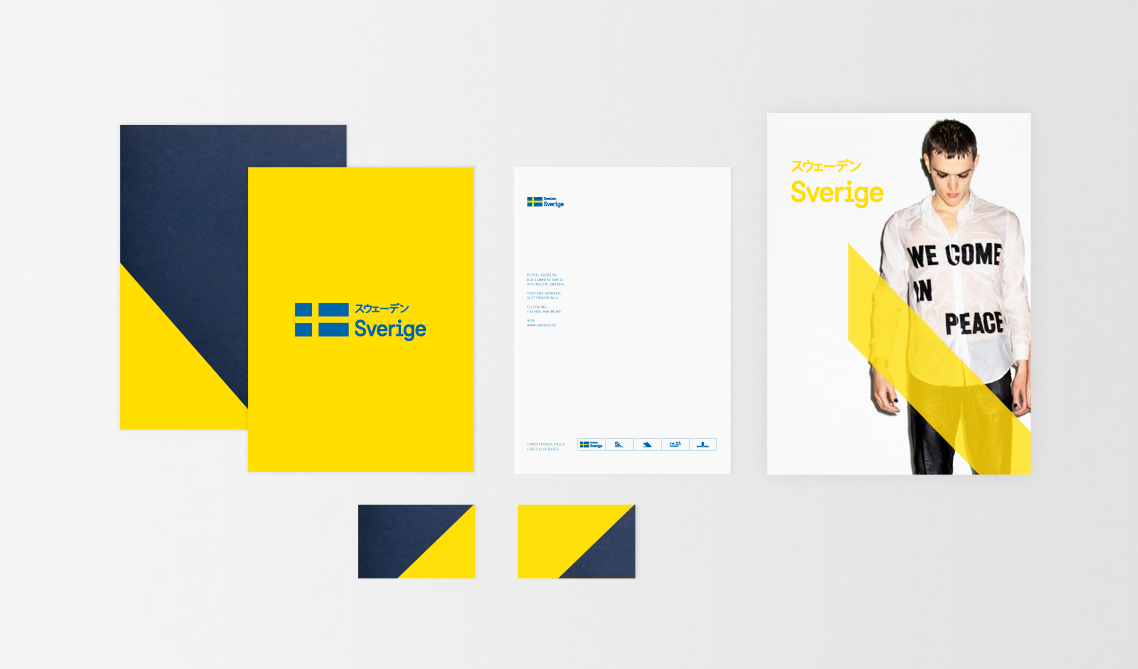
Sweden has established a portal aiming at creatives professional to “follow a few simple rules, and apart from that, challenge themselves”. At sweden.identitytool.com anyone who wants can take part of the official manual aimed at ‘Brand Sweden’.
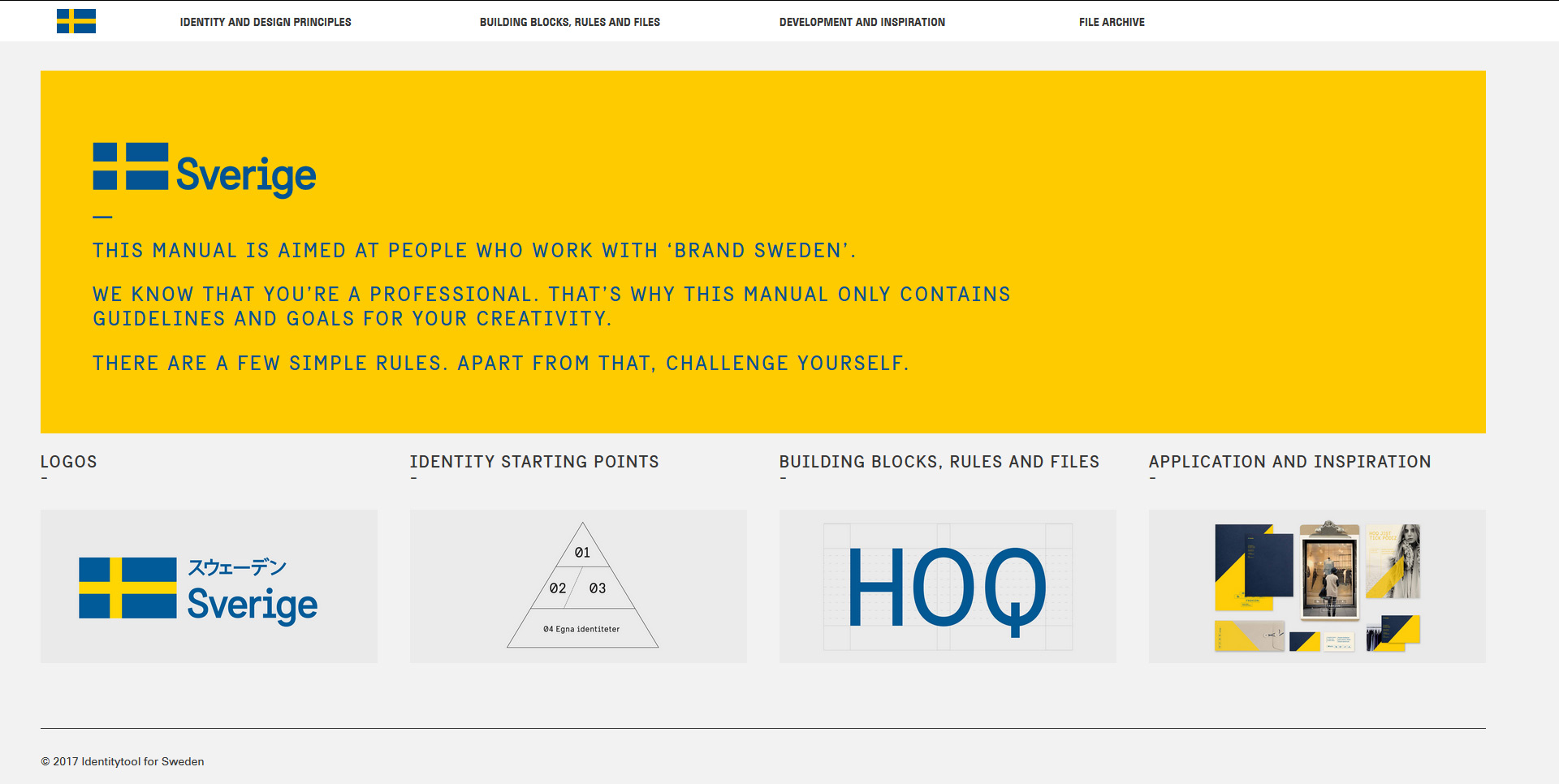
This leads down to a summarized belief that global impact on countries brand is going to keep increasing in importance. We know by now that companies are aware now than ever of the economic value of their brands and (at least most) manage them carefully, and branding consultancies regularly publish rankings of global brands based on their estimated value. Given our ever-increasing global interactions and exchanges, we believe that it is time for the same to be applied to the branding of nations.
Read more here about how we assisted The Embassy of Sweden in Beijing developing a Campaign Identity for the Swedish Culture Year in China.
